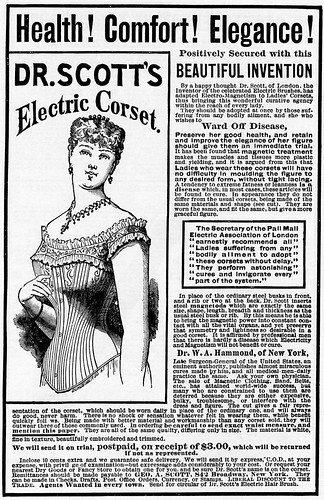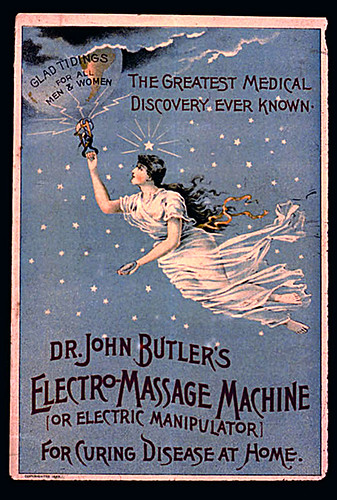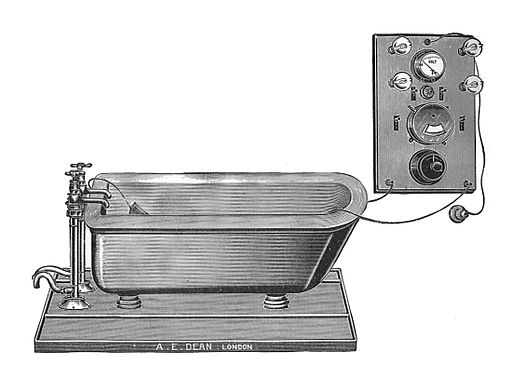Juicing seems to be the newest trend in health and fitness, and it's a great way to add some of the nutrients we miss by skipping our fruits and vegetables as long as we monitor a balanced diet to go along with it. Truthfully, there are both pros and cons to the practice. On one hand, juicing saves money on nearly expired fruits and veggies, which fitday.com says we lose the most money on when it comes to grocery expenses. On the other, important nutrients, like fiber and protein are lost in the juicing process by getting rid of the pulp instead of eating just the raw food as is. An all juice diet will quickly drop weight, but it will also slow your metabolism, which means once you start on solids again your body is more likely to store them as fat. Balancing juicing with the fiber and protein our bodies need, allows you to get the benefits without getting hurt.
Another downfall is that it's expensive. The Breville Juice Fountain Elite costs on the upside of $300, and even though it's "the Rolls Royce of Juicers," if you're not running a health club, for the average person a price tag like that is insane. But we are going to fix that problem right now, with some quality affordable juicers for the everyman wanting to add the benefits of juicing without losing their shirt (and pants, and 3 weeks worth of groceries).
1. The Breville Juice Fountain Compact $99.95
*Ranks on Amazon as one of the top-selling juicers on the market today.
*Wide enough chute to take whole fruit without having to spend time chopping prior to juicing.
*Stainless steel, no staining from darker foods.
*Easy assembly, easy clean, dishwasher safe.
*Quick and quiet juicing.
*Detachable juice pitcher for easy storage.
*Staying within the same quality brand as the top dogs, but cutting the price by 1/3 is not a bad deal.
2. Hamilton Beach Big Mouth Juice Extractor 67650 $59.85

*Inexpensive for a quality juicer.
*Wide chute that fits whole foods.
*Stainless steel.
*Easy assembly, easy clean, dishwasher safe.
*Quick and quiet
*Large pulp container, so you can juice longer before cleaning it out.
*Detachable juice pitcher.
3. Jack LaLanne PJP Stainless Steel Electric Juicer $120.00

*Stainless steel.
*Easy to clean, dishwasher safe.
*Quiet, but needs some foods chopped before juicing.
*Pay attention to the filter and keep it clean to avoid jamming or backing up.
4. Oster 3167 450 watt 34oz Juicer $65.26

*Wide chute that fits whole food.
*Easy clean, dishwasher safe.
*Detachable juice pitcher.
*Large pulp container.
*Quick and semi-quiet.
*Plastic body (easier to stain) and stainless steel filter.
*Locking arm for safe juicing.
5. Black & Decker JE2200 $34.92
*Easy clean, dishwasher safe.
*Quiet but not quick, since time is spent chopping food before juicing.
*Internal pulp collector for less mess.
*Needs a gentle touch to maintain proper function.
6. Jack LaLanne PJEW Power Juicer Express $90.98
*Wide chute can take whole food.
*Quick and quiet.
*Easy clean, dishwasher safe, no-drip spout.
*Plastic with stainless steel blade.
7. Waring JEX 328 Heath Juice Extractor $49.99
*Stainless steel.
*Easy clean, dishwasher safe.
*Quick but as it is centrifugal, it is not at all quiet.
*Stable on counter-top, but juice cup is not during juicing, and may fall if not monitored.
Every single one of these options are inexpensive, quality choices. Think about what you are going to use it for before deciding on one. How often will you be juicing, and for how many people? What will you be juicing? Items such as sweet potatoes are extremely pulpy when juiced, so you may want to consider an option that has a large pulp capacity and doesn't have a easily clogged filter. If you are juicing apples, you'll want a wide chute so you don't have to spend time chopping beforehand. But whichever you go with, it will pleasantly surprise you that you can get so much for so little from these lower cost appliances.











 The electric bath was literally just that. Physicians used water in the bath to conduct a flow of electricity as a treatment for just about anything you can imagine. I wonder if this is why they tell us not to swim in a lightening storm.
The electric bath was literally just that. Physicians used water in the bath to conduct a flow of electricity as a treatment for just about anything you can imagine. I wonder if this is why they tell us not to swim in a lightening storm.

 It's summer, and it's time to hit the cool water to stave off that hot sun. Whether it's floating, boating, or just taking a dip with friends and family, swimming safety should always be a concern.
It's summer, and it's time to hit the cool water to stave off that hot sun. Whether it's floating, boating, or just taking a dip with friends and family, swimming safety should always be a concern. Keep up with pool maintenance.
Keep up with pool maintenance.